Buying Guide & Common Faults: BMW E46 & E90 3 Series
BMW’s 3 Series range has long been one of the most popular model lines for the German car maker and has, through the years, been offered in a variety of body styles from coupe to estate. The E46 is the fourth generation of 3 Series and was on sale between 1998 and 2006 in its various silhouettes. It is arguably one of the most timeless 3 Series designs; hence it still carries great appeal beyond simply being more affordable these days.
Just before the end of that model, 2004 saw the introduction of the E90, a model code that this time refers only to the 3 Series saloon. The estate, coupe, and cabriolet were designated E91, E92, and E93 respectively. In 2008 BMW introduced its facelifted (LCI in BMW-speak) version, which in addition to some styling tweaks also brought mechanical updates in the form or power increases from certain engines. Further changes inside included crash-activated head restraints in the front seats and an improved iDrive infotainment system.
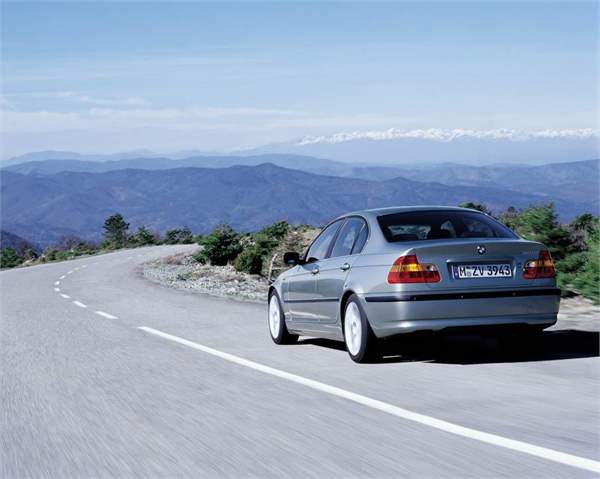
Engine
Trying to find the right example of E46 from a cosmetic perspective is one thing, but getting things right on the mechanical side can make a big difference to maintenance and running costs.
Early 316i and 318i models weren’t especially powerful, something that was addressed in September 2001 with the 318i facelift, while the 316i got an updated engine in April 2002. Many buyers may be more interested in the 320d, but this car's engine (codenamed M57) has a reputation for turbocharger failure, often caused by oil servicing not being done frequently. Should this happen, bear in mind that the ECU will also require reprogramming when fitting the new turbocharger. According to BMW, this is a problem that only affects EU3-spec engines built before October 2003; those made afterwards are EU4 engines and shouldn’t have the same issue. A tell-tale sign of potential turbo problems includes power loss on steeper inclines and burning oil. Also likely to give issues in this engine are the fuel injectors, the air mass meter and the inlet manifolds, which can tend to crack.
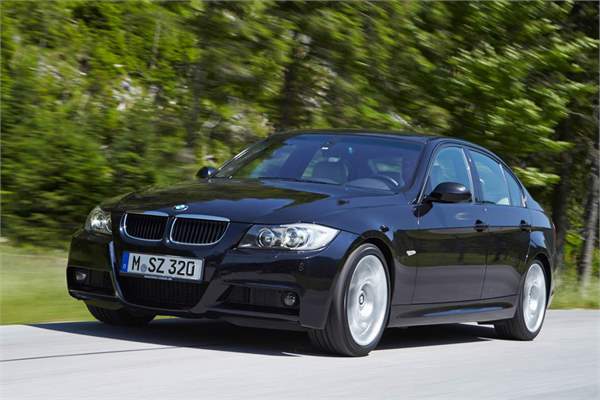
Transmission
Many of BMW’s automatic transmissions are ‘sealed for life’ units, meaning that even cars with full BMW service histories probably haven’t had the fluid inside changed. For peace of mind, most specialists recommend replacing the transmission fluid at least every 80,000- to 100,000 kilometres.
Certain E90 models, particularly the 320d EfficientDynamics version, can be susceptible to excessive vibrations coming through the drivetrain. If this is a model you’re considering be sure to test drive it properly in a variety of different scenarios to check for this. In the manual gearboxes, issues with the 'baulk ring' can result in difficulty in selecting reverse gear, so make sure that the shift mechanism feels fluid and smooth in its action. Anything less and it could spell trouble and you're better off walking away.
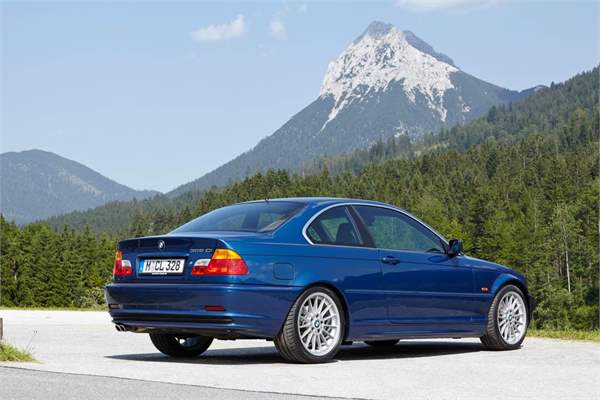
Suspension, wheels and brakes
A common fault with E46 models is premature wearing of the front ball joint leading to failure. The bushes in the front suspension wishbones usually require replacement every three to four years, but this can be needed sooner, especially if the car has been driving on poorer roads for extended periods of time (i.e. 'Ireland'). If these don’t appear to have been carried out recently, you will need to budget for it. Another potential problem is that the rear coil springs have been known to snap on cars so keep an ear out for any kinds of unusual banging or clunking from the rear. These noises can also signal that the differential has broken from its mount or that the rear sub-frame has come away from the floor pan. Another thing to watch out for is corrosion on the brake pipes. Not only can this be dangerous, but it will result in a car failing its NCT or MOT.
With E90 diesel engines, DPF failure can be a common occurrence in cars with relatively low mileage. Be very wary of this issue as prolonged driving with this fault can result in the increase of back pressure, which in turn can lead to the failure of the turbo due to overheating and seizure of the bearing, making the fix even more expensive. The 2.0-litre (N47) diesel engines can also be prone to timing chain failure, which can be the result of longer intervals between oil changes. On engines with 80,000km or more on the clock it is best practice to change the oil every 15,000km.
If an E90 you're looking at still has the original 17- to 19-inch alloy wheels fitted, check them very carefully for hairline cracks. This occurrence has been widely reported with these wheel rims and seems to be caused by speed bumps when the cars are fitted with run-flat tyres. The tyres may have been subsequently replaced, but there may still be issues with the wheel themselves.
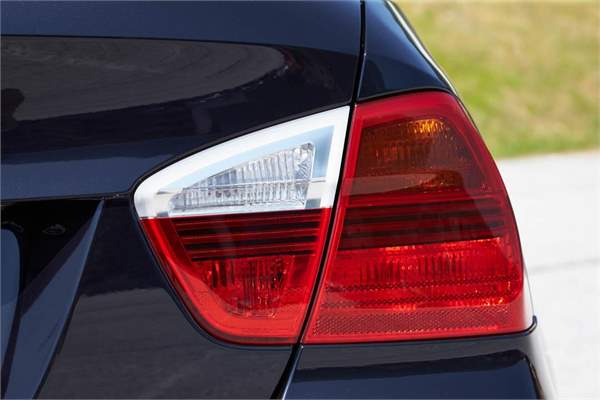
Chassis, body
On the E46 the rear light clusters have been known to fail. This fault appears to be linked in many cases to the earth pin on the connecting plug. It is small, and everything routes through it, so when you’re stopped, with your indicator on, your foot on the brake pedal and then you put the gearbox into reverse it can become overloaded and burn out.
Replacing the rear light unit isn’t too expensive though. Also keep a look out for any paint bubbling on the front wings of E46 models. The liners behind aren’t always very effective and can result in moisture getting in leading to corrosion.
The E90 Convertible was the first time BMW switched to a hard folding roof rather than a fabric one. These don’t cause many issues, but make sure that it is properly aligned and sealing correctly. If the mechanism stops working it may only be a small micro switch that is at fault, rather than something more major like an electric motor.
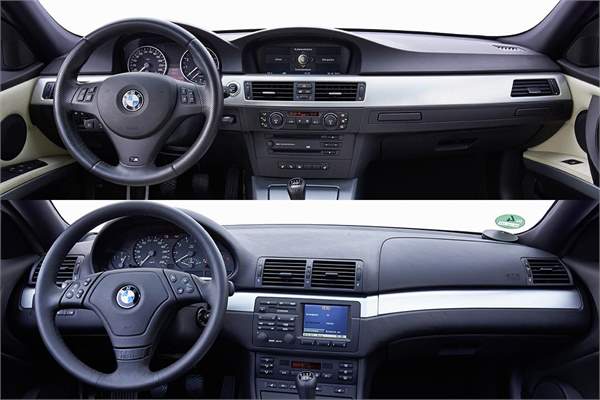
Interior
As with all cars make sure to check that the wear and tear in the cabin seems to tally with what the odometer says. If it claims to be a low mileage car but the driver’s seat bolsters are worn away and you can see your reflection in the steering wheel, it’s probably best to find another option. Some E46 models will have an airbag warning light illuminated permanently on the dash, which can often be a wiring, rather than actual airbag fault. In many cases the wiring loom to the airbag pressure sensor was too short, and repeated movement of the seat further back can pull on this, damaging the wire resulting in a fault showing on the dashboard. The sensor can also become faulty. It needs to be sorted out, of course.
On E90 models there have been cases where interior trim panels can work loose, either naturally over time or as the result of not being correctly refitted as part of a previous repair. Do check all panels and listen for any squeaks or rattles when driving, especially over speed bumps. Another area to watch out for is the slot where the ignition key goes in. When removing the key, it needs to be pushed in first to release it. Some owners have been known to damage this slot by just pulling the key out.